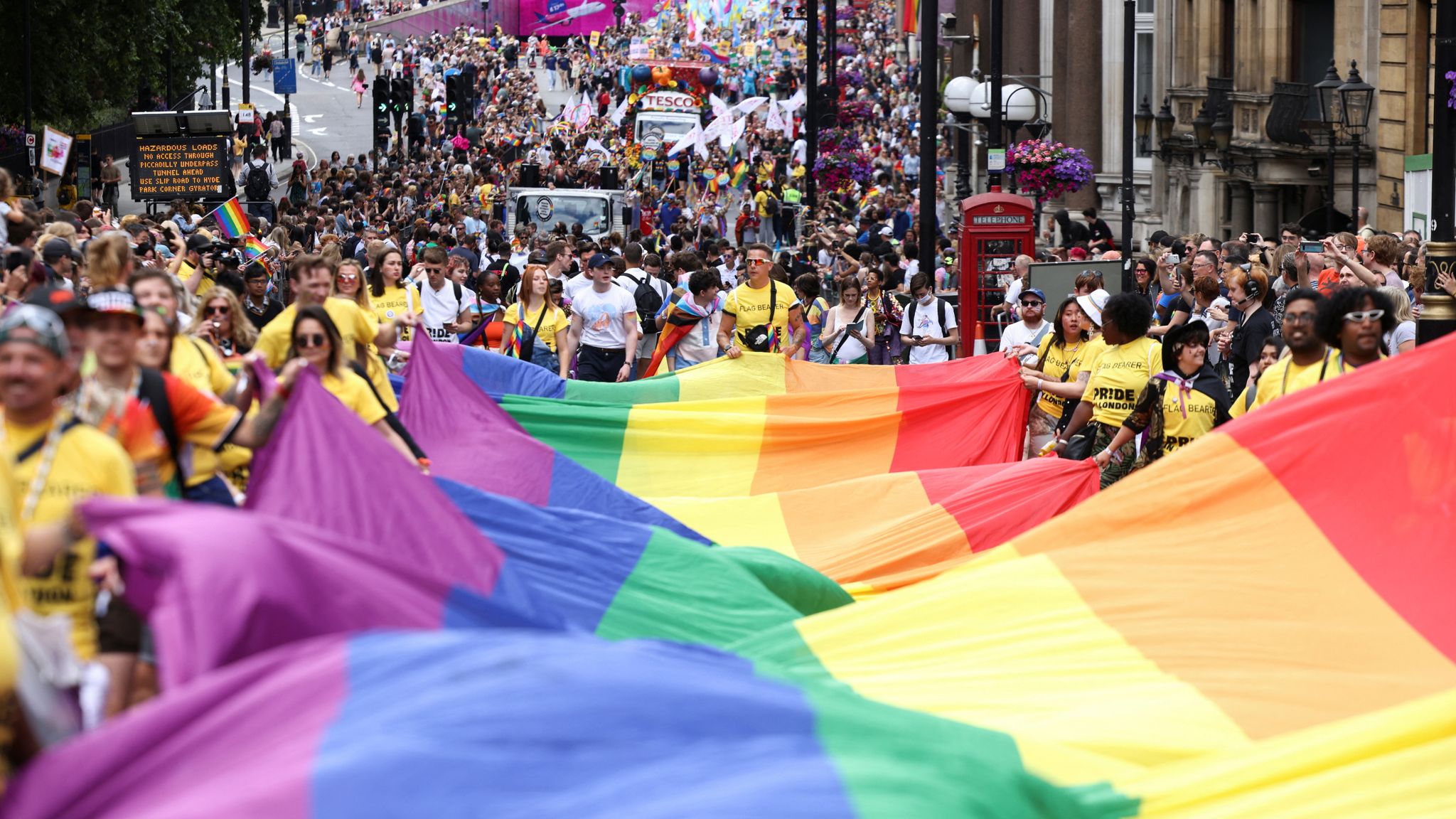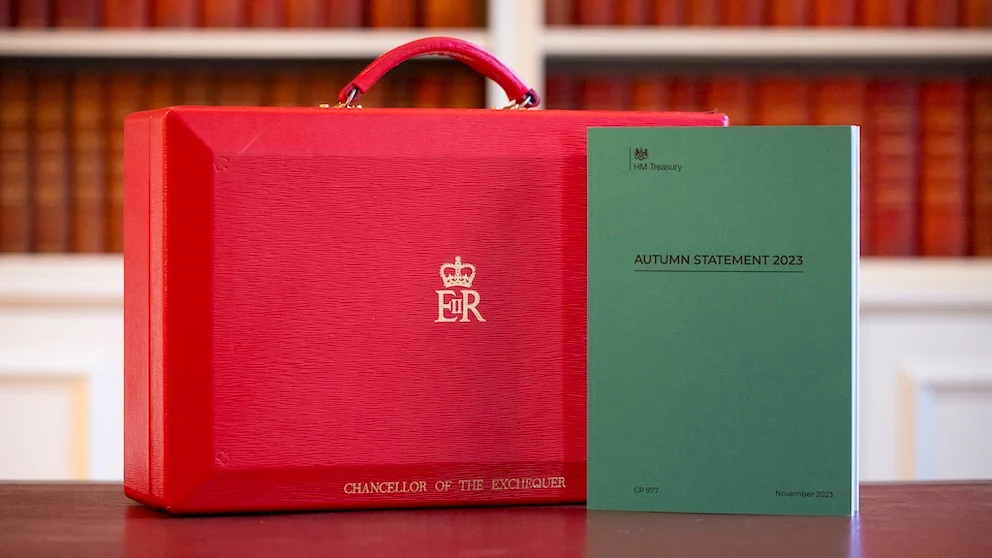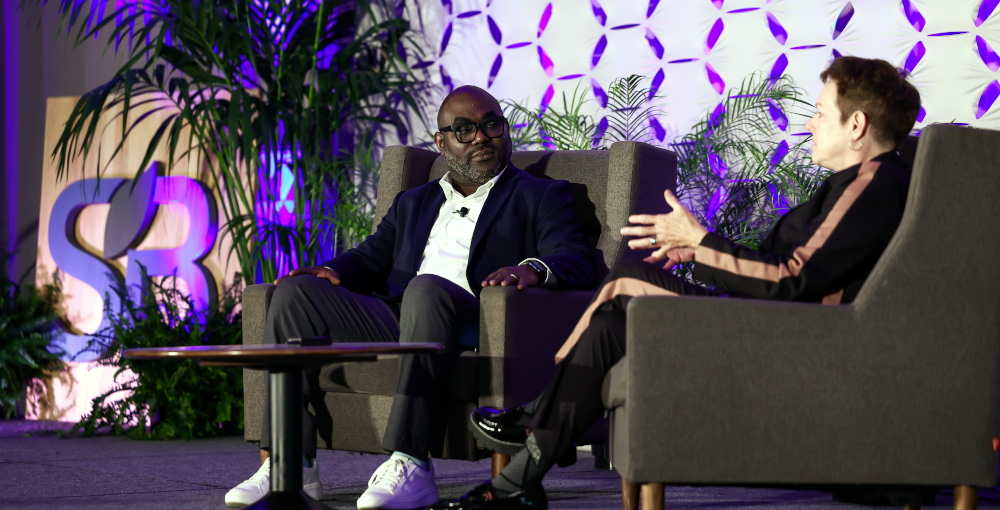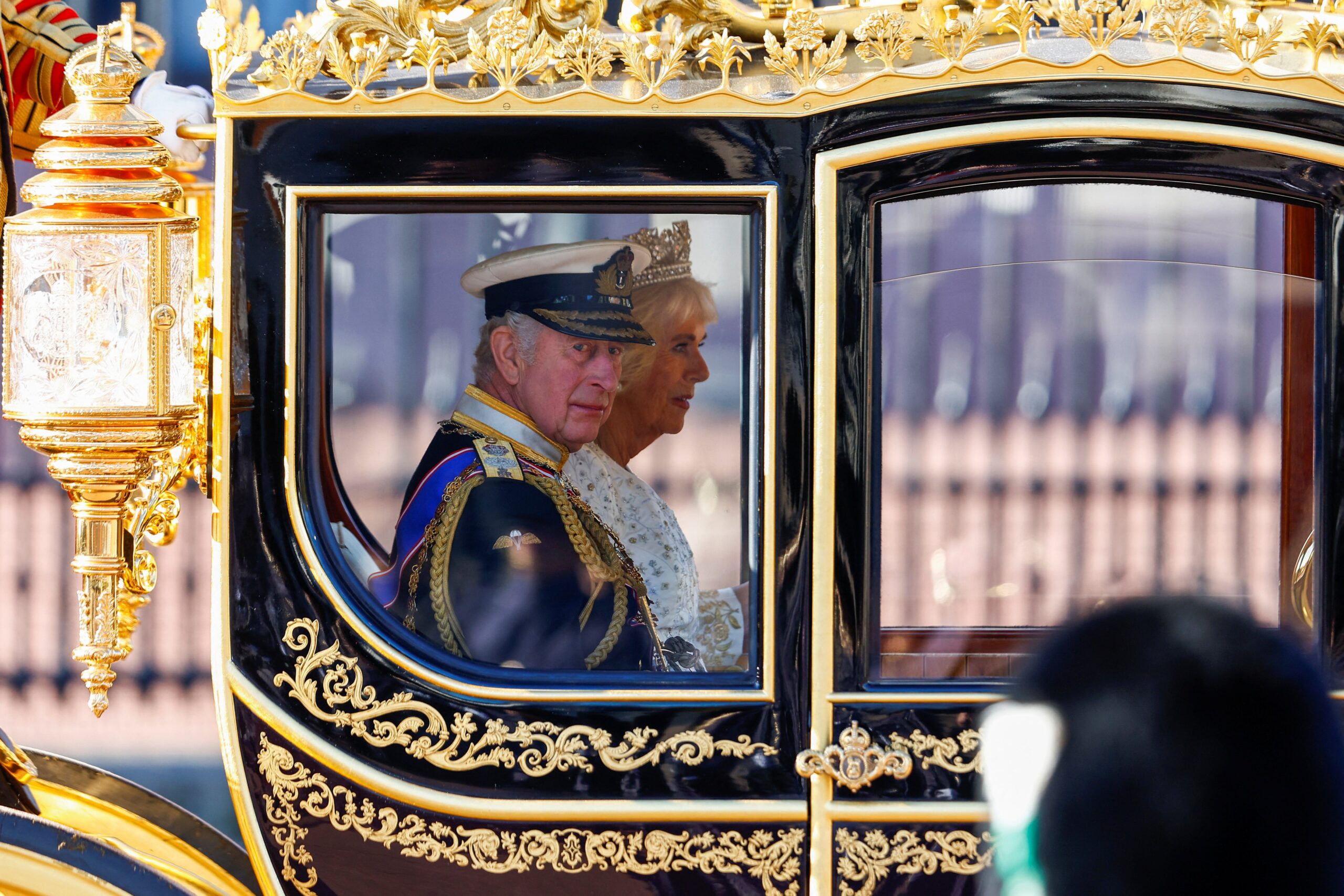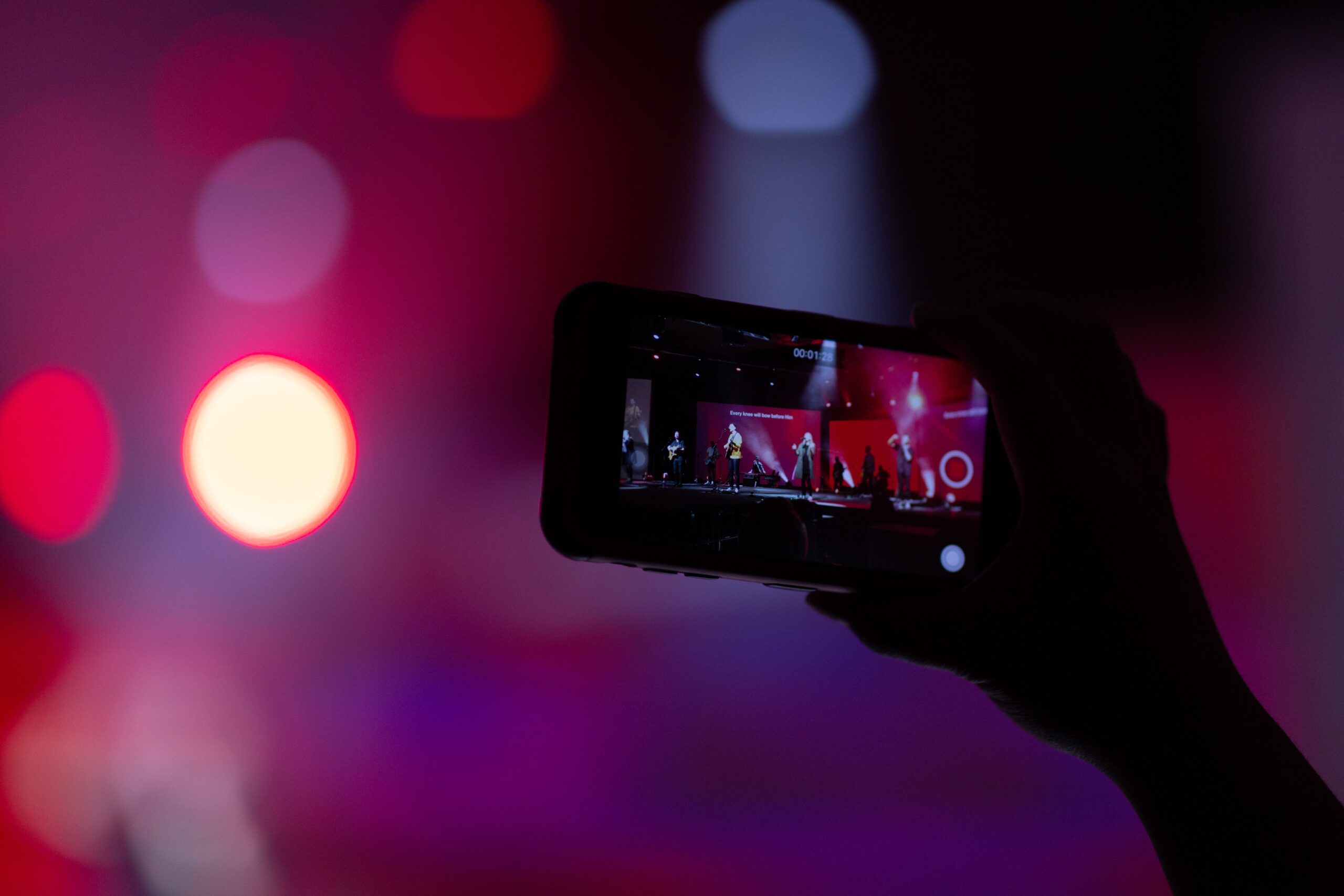This year at Porter Novelli, we celebrated PRIDE in a number of different ways – from the personal to the company wide.
The LGBTQ+ champion of our Belonging Collective, Gabby Koumis, volunteered at ‘United by Pride’ in Cyprus’ divided capital, Nicosia – two parallel pride parades that met in the UN Buffer Zone to champion LGBTQ+ rights across the island.
We also took the opportunity to educate ourselves on key terminology and the history of LGBTQ+ rights in the UK and beyond.
As the first of July hit, and companies promptly changed their logos from the rainbow back to the corporate, I have reflected on why companies should celebrate PRIDE and what they need to do to promote a culture of belonging all year round.

Why should companies and individuals celebrate PRIDE?
If your company truly believes in inclusivity and stands firm in its commitment to creating belonging, then finding ways to show your customers and employees that you value their diversity remains important. At a time when LBGTQ+ rights are under threat from governments across the world, businesses play an important role in promoting diversity.
Recently, anti-LGBTQ+ activism has taken a dark turn that threatens the physical, emotional, and legal safety of both members and allies of the LGBTQ+ community. For every step forward we take, PRIDE is also a reminder of how far we have to- go to reach true equality. Stonewall, the LGBTQ+ rights charity, estimated that 1 in 5 people who identify as LGBTQ+ have experiences a hate crime or form of abuse because of their sexual or gender identity in the last 12 months.
If you’re reading this wondering why PRIDE is still needed, a member of our team posted a photo of London buildings lit up with rainbows on their social media, only to be told by a completely random person that they didn’t understand why these “aberrations of nature” needed to be celebrated.
With so many companies keen to demonstrate a commitment to equality and diversity, PRIDE has become commercialized, and in some places, inauthentic displays of support have crept in.
So, what is pride washing?
Pride-washing (or rainbow-washing or pink-washing) is when companies or organisations use the PRIDE rainbow in branding, advertising, merchandise, or social media, to signal that they support LGBTQ+ people during PRIDE month, but without actively doing anything for LGBTQ+ rights, or if the commitment is just for a month.
In other words, when companies or organisations are using this as a PR or marketing activity with no real action – there is a large say-do gap between what they say externally and how their business operates in this respect.
For example, this year at PRIDE the ‘Gay Gooners’ were marching in their Arsenal kits, complete with Fly Emirates sponsorship.
This left a bitter taste with me as Emirates Airline is owned by the government of Dubai where homosexuality is illegal.

One of the tensions many businesses face when it comes to LGBTQ+ issues is that strong expectations by employees to support the community are juxtaposed against executives’ fear of being part of the latest news cycle or social media trend.
But by changing my logo in Pride month I am showing I support the LGBTQ+ community so what is the problem?
Yes, visible support is important. However, many are quick to jump on the next bandwagon come July 1. The LGBTQ+ community is one that has and still does endure daily discrimination. Members of the community are often exhausted from living double lives, fatigued by only being able to feel like they belong one month of the year.
If you’re hanging out flags but employees face daily micro-aggressions, then you’re actually doing more harm than good. False support not only covers up issues, but it can result in further marginalisation.
In reality how does pride-washing play out?
Pride-washing can be harder to spot than some other forms of “washing.” Companies may well turn up at PRIDE, or have, on paper, good policies to support LGBTQ+ employees – however there is a fine line between being an ally and using PRIDE as a commercial opportunity. Sometimes, it’s only when you dig deeper does it come to life.
For example, many companies bring out PRIDE packaging, merchandise brazen with slogans such as “love is love” and window displays covered in rainbow flags. But do the window displays feature two men holding hands? Nope, this is too much. Too disruptive.
Then there comes the question of what’s happening to the profits from these products? Are they going to an LGBTQ+ charity or are they finding their way to a donation to a hard-right political candidate? Are they made in a factory where people are not free to express who they are or has there been sufficient auditing of the supply chain?
In reality most LGBTQ+ people would rather your company didn’t produce (for example) a rainbow cup, but felt comfortable openly talking about their partner on your premises or within your company.
How do you avoid it?
- Understand the audience
No matter how well intentioned a team is, without lived experience, ideas will fail. It’s that simple. If there is no-one from the LGBTQ+ working on a PRIDE campaign, there is a problem. At a bare minimum, companies should use a consultant from the community to sense check ideas. For example, Skittles hired LGBTQ+ illustrators to help with their pride packaging. But be aware, there are many intersectional nuances within this community.
- Be consistent
Much of this has been covered in the pre-amble, but let’s be clear. The best way to avoid pride-washing is to be consistent in your support of the LGBTQ+ community all year round. This doesn’t mean you need to wave a flag all year round, but it could be, for example, that you always use inclusive language and are proactive with encouraging employees to use pronouns. Or you might use LGBTQ+ models in advertising campaigns all year round and spokespeople in the media all year round. In short, be inclusive and welcoming all year round.
- Be authentic
Your products and services must match your marketing campaigns. For example – do benefits apply to same-sex couples in the same way as heterosexual couples? Are your products suitable to LGBTQ+ customers as well as non-LGBTQ+? One personal experience I had was last year, I booked my wedding at an “LGBTQ+ friendly” venue and they sent my wife-to-be and I a form that asked for the husband-and-wife details. I can assure you that’s not a mistake they will make again.
- Understand what PRIDE is and isn’t
Ensuring your company understands the roots and evolution of PRIDE is vital to helping to avoid pride-washing. This means understanding that PRIDE begun as a protest (more information here), as well as the local history in the UK, such as Section 28, the introduction of civil partnerships and then same-sex marriage, as well as the current fights to ban conversion therapy and update the Gender Recognition Act.



